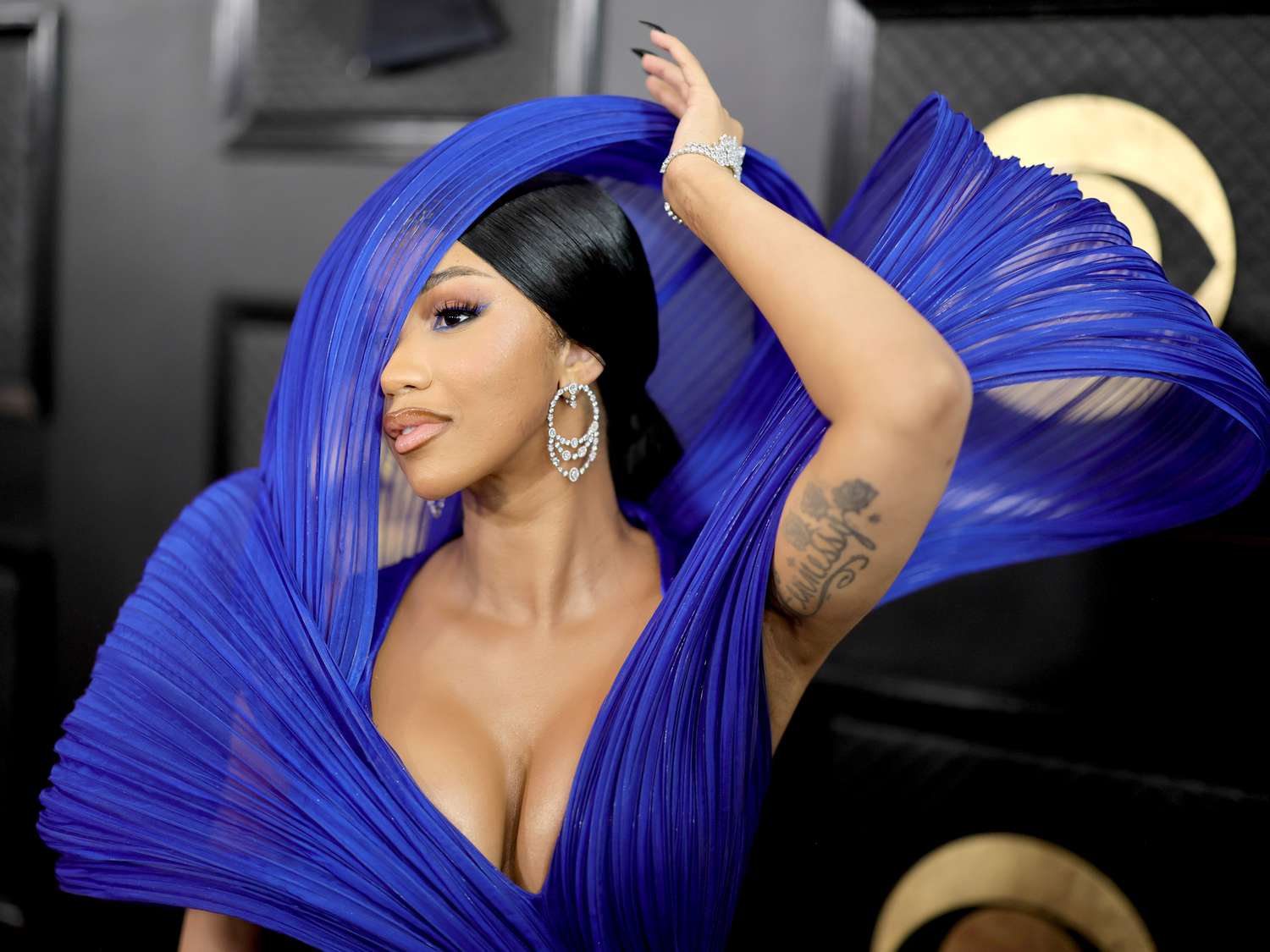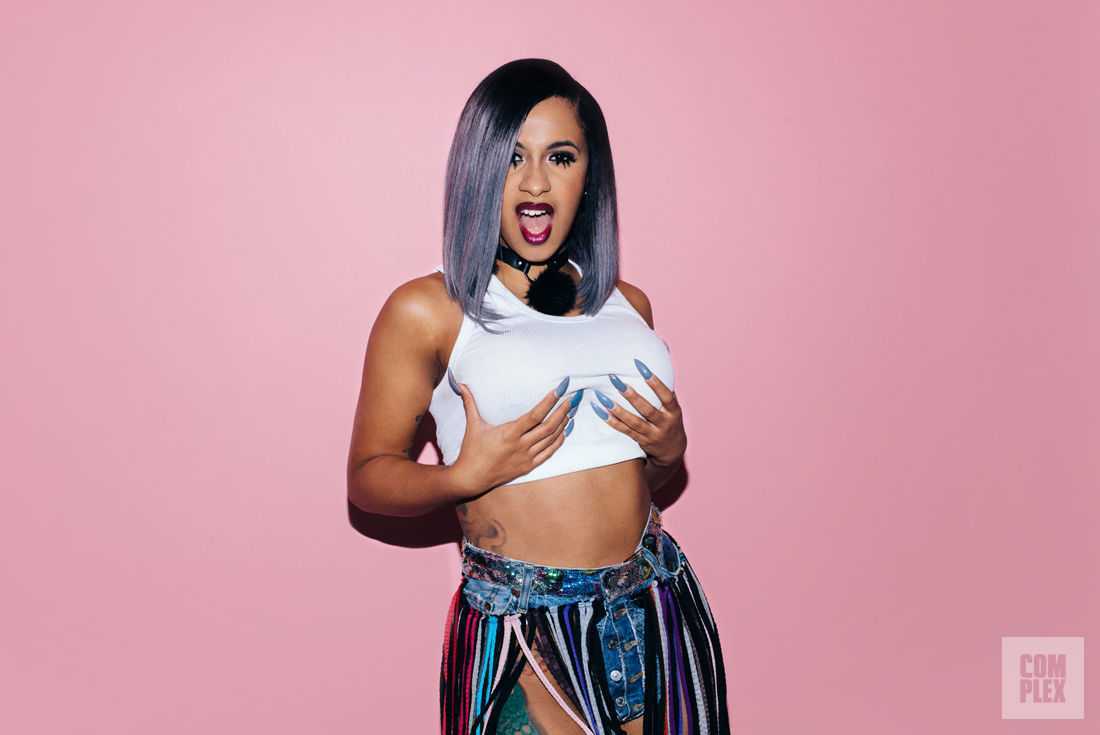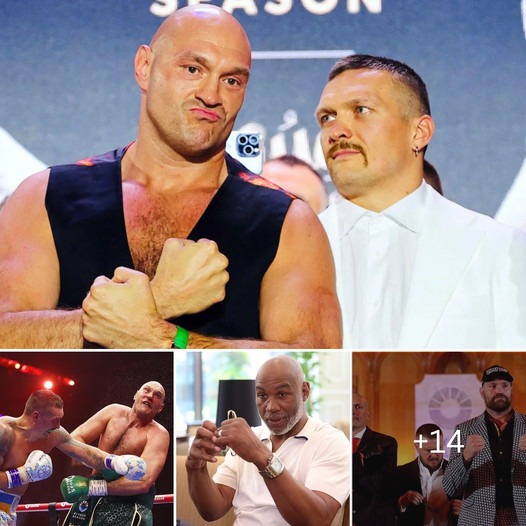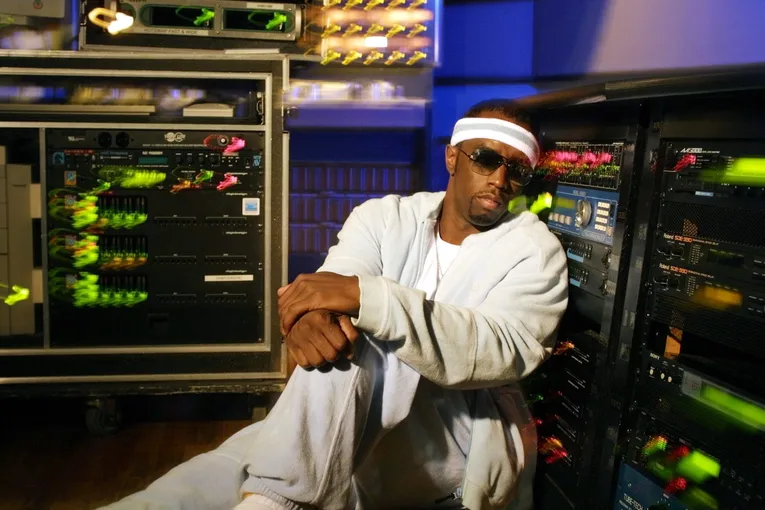Delve into the feud between Cardi B and Nicki Minaj, a vivid reminder of the thin line between creative rivalry and personal vendetta in the hip hop world. Discover the genesis of rap beefs, the impact of personal vendettas, and the role of audience engagement in fueling conflicts.
When music transcends the realm of art and becomes a battleground, the echoes resonate far beyond the charts. A recent skirmish between Cardi B and Nicki Minaj at a Harper’s Bazaar party not only headlined gossip columns but also reignited an age-old debate about the nature of competition within the hip hop community. This incident, marked by Cardi B hurling her shoe at Minaj, is a vivid reminder of the thin line between creative rivalry and personal vendetta.

The Genesis of a Genre’s Grudge Matches
Historically, the hip hop industry has been no stranger to ‘beef’ — disputes that often fuel the fire for lyrical showdowns and, occasionally, escalate into physical confrontations. The deadly rivalry between 2Pac and Notorious B.I.G. epitomizes the extreme consequences of such feuds, casting a long shadow over the East Coast-West Coast divide and resulting in the tragic loss of both icons. Meanwhile, the dispute between Jay-Z and Nas, though intense, eventually found resolution, showcasing a path to reconciliation and mutual respect. In more recent times, the beef between Drake and Pusha T revealed personal secrets and tested the boundaries of privacy. Across the globe, even the reggaeton scene is not immune, with artists like Residente and Tempo proving that verbal spats are universal in the music industry.
From Words to Actions: The Impact of Personal Vendettas
The altercation between Cardi B and Nicki Minaj is not just about two artists at odds; it’s a manifestation of the intense pressure and competition in the music industry. It’s noteworthy that such incidents, while momentarily capturing the public’s attention, also shed light on the darker aspects of fame. The incident at Harper’s Bazaar party, as highlighted by sources, reflects not only the personal animosities but also the broader cultural and competitive dynamics that often characterize the hip hop scene.

The Role of the Audience in the Artist’s Arena
Interestingly, the audience plays a pivotal role in these conflicts, often amplifying them through social media and fan engagement. The public’s appetite for drama, coupled with the artists’ desire to maintain relevance, can transform artistic rivalry into personal warfare. Nevertheless, it’s essential to recognize the potential of these disputes to foster creativity and innovation within the genre. As artists challenge each other, they push the boundaries of hip hop, exploring new themes, styles, and narratives. Thus, while the line between creative competition and personal conflict is often blurred, the evolution of the genre is undeniably intertwined with these dynamic tensions.

As the dust settles on the latest chapter of hip hop’s ongoing saga of rivalries, the industry and its observers are left to ponder the balance between competition and collaboration. Without condoning the negative aspects of these feuds, it’s crucial to appreciate their role in driving the music forward. The Cardi B and Nicki Minaj altercation, though regrettable, is a stark reminder of the passion and intensity that define hip hop, both as an art form and as a reflection of the society from which it springs.





